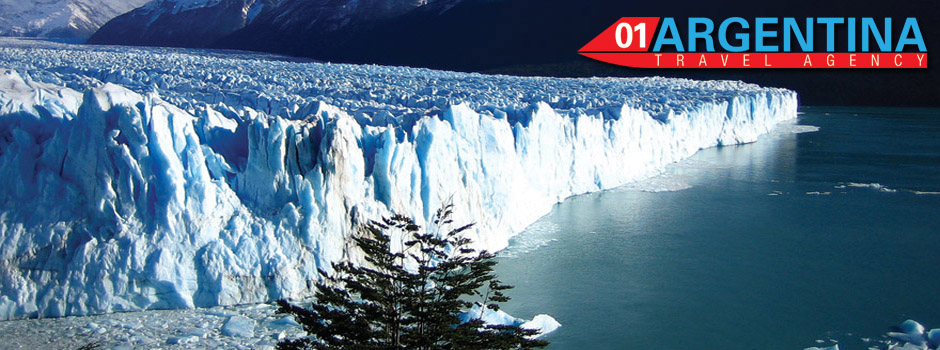Updated information of beautiful natural destinations in South America Argentina. Plan your trip with time to enjoy in 2022 and clear up after so much confinement.
Argentina currently has suffered a significant devaluation of its currency and has very cheap prices for all tourist services that are of the first international level. Hotels of all categories, expert bilingual tourist guides, domestic flights with modern aircraft and, most importantly, National Parks cataloged as the best natural attractions in the world.
In this article we invite you to know a little about how beautiful Argentina has to visit after this eternal pandemic.
Puerto Iguazú (Misiones Province)
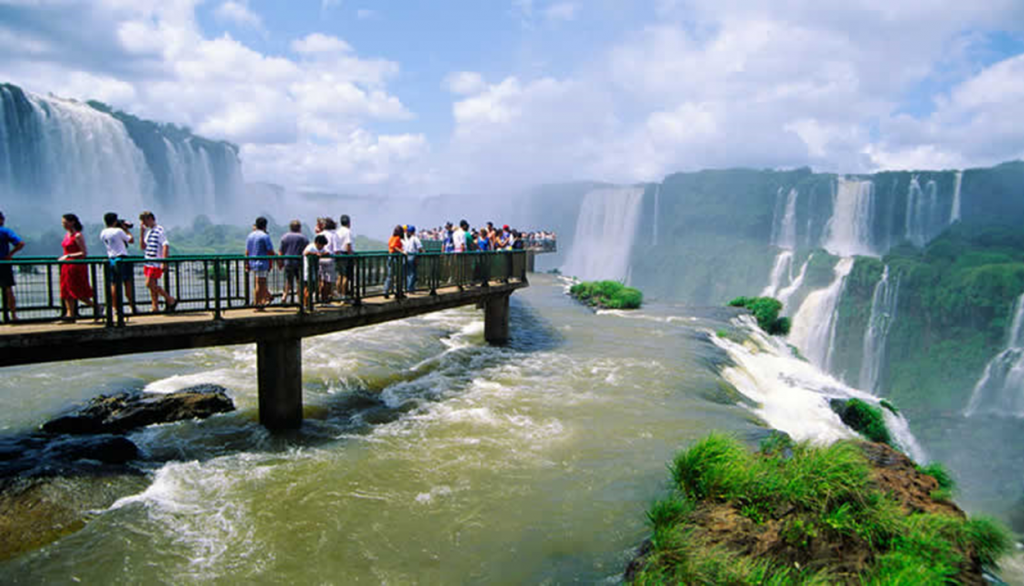
Puerto Iguazú is known in the world for being the city of the Waterfalls that are within the Iguazú National Park, a World Heritage Site according to Unesco, and are one of the most visited destinations in Argentina. But this city also has much more to offer.
The Iguazú Falls are formed on the Iguazú River, right on the border between the Argentine province of Misiones and the state of Paraná, in Brazil. Therefore, they can be visited from both countries. They are made up of 275 jumps, of which 80% are located in Argentine territory.
Moconá Falls (Misiones Province)
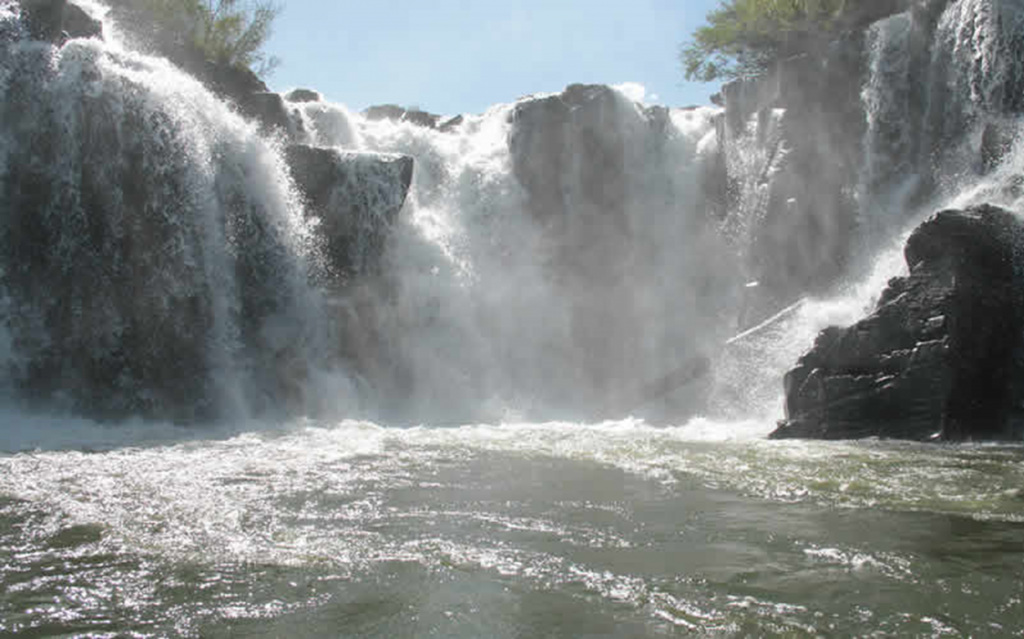
The Moconá Falls, which means “He who swallows everything” in Guaraní, make up a 3 km long canyon with transverse falls of water parallel to its channel, unlike a waterfall or a waterfall. These falls reach 25 mtrs. high and a depth of 115 mtrs. Moconá Provincial Park is located within the Yabotí Biosphere Reserve, in the central-eastern region of Misiones, in the Municipality of San Pedro, occupying an approximate area of 253,773 hectares.
In the heart of the park, the Moconá Falls make up a unique spectacle in the world, the product of a geological fault on the Uruguay River, between the mouths of the Pepirí Guazú and Yabotí streams (on the Argentine side), and the Brazilian rivers Serapiao and Calixto.
Selva Misionera (Misiones Province)

It is one of the most biodiverse eco-regions on the planet and also one of the most threatened natural areas in the world due to continuous clearing. Home of the jaguar and the tatú-cart, in its space there are more than 400 species of birds that flood the foliage of giant trees.
Mar del Plata (Buenos Aires)
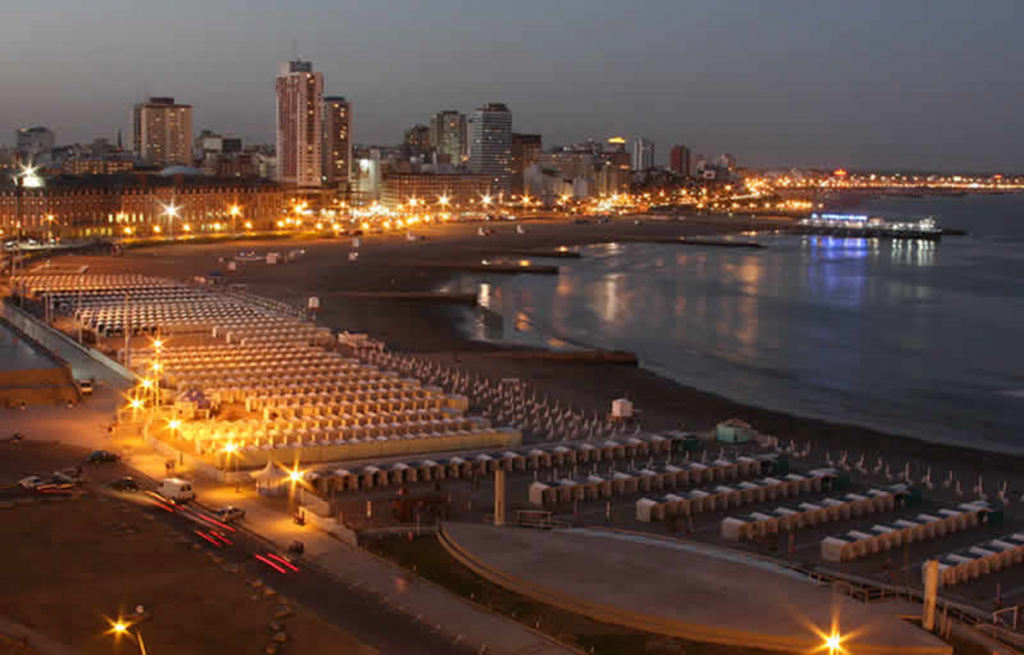
The city of Mar del Plata is the most popular summer vacation destination in Argentina. It is the head of the General Pueyrredón district, an important port and spa. It is about 400 kilometers from Buenos Aires. Among its long chain of beaches, Punta Mogotes and Playa Grande stand out, of great extension and famous for their surfing areas.
Behind Playa Grande, the tree-lined streets of the Los Troncos neighborhood are home to elegant early 20th-century houses that are now museums. Among these is the Don Roberto T. Barili Municipal Historical Museum Archive, which illustrates the city’s past with photographs and objects.
Las Leñas (Mendoza)
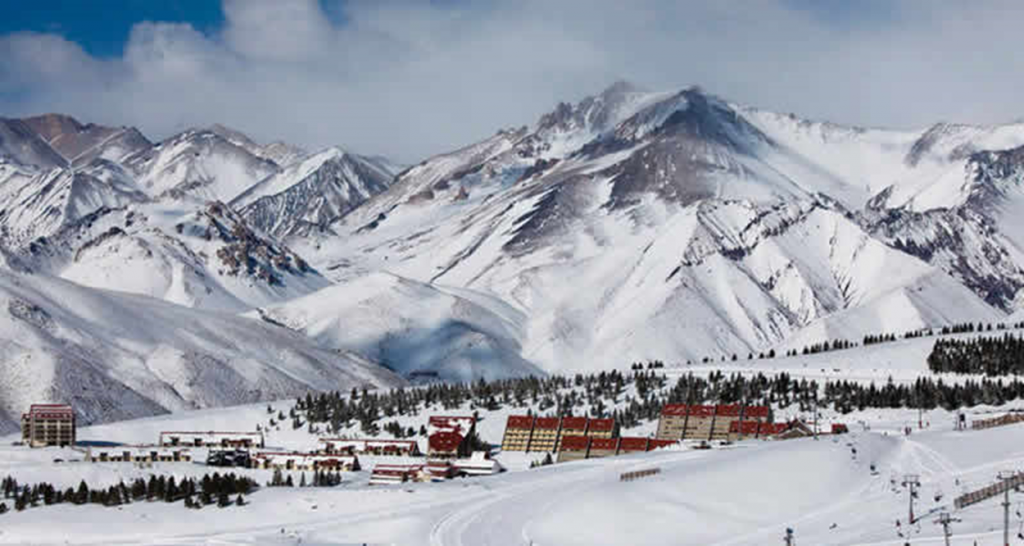
The Valle de las Leñas is located in the department of Malargüe, 70 km from its capital city, 440 km south of the city of Mendoza. It is one of the best ski centers and the best known in South America. For years it has attracted the best skiers and all those who travel both to train and to spend a vacation during the South American winter.
The best winery El Mundo (Mendoza)
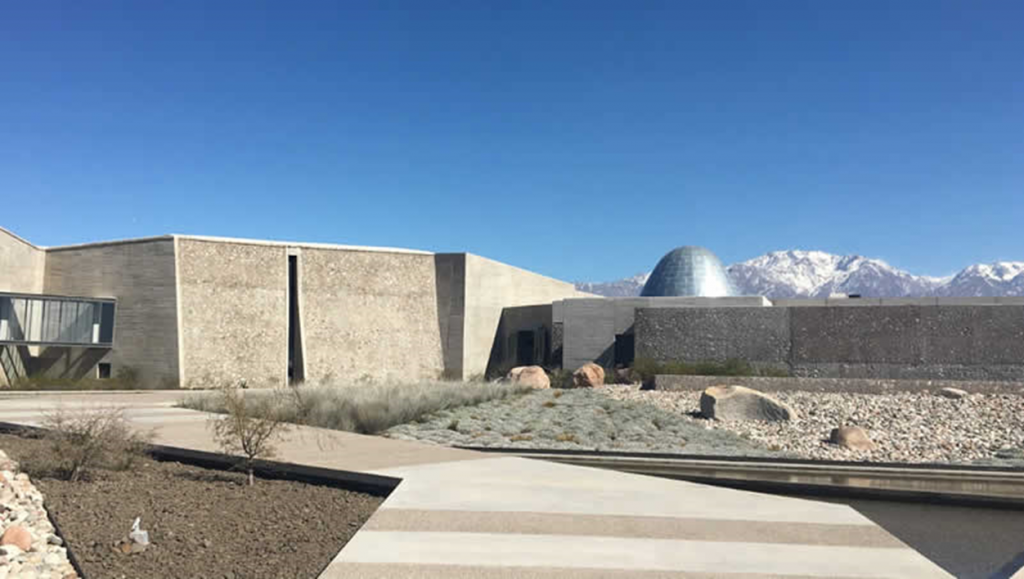
Bodega Zuccardi in the Uco Valley has been chosen as the best in the world in The World’s Best Vineyards of 2019/2020. With the support of the International Wine Challenge, the academy convened 500 international references from the world of wine, including specialized journalists, consultants, sommeliers and travel correspondents.
Villa Traful
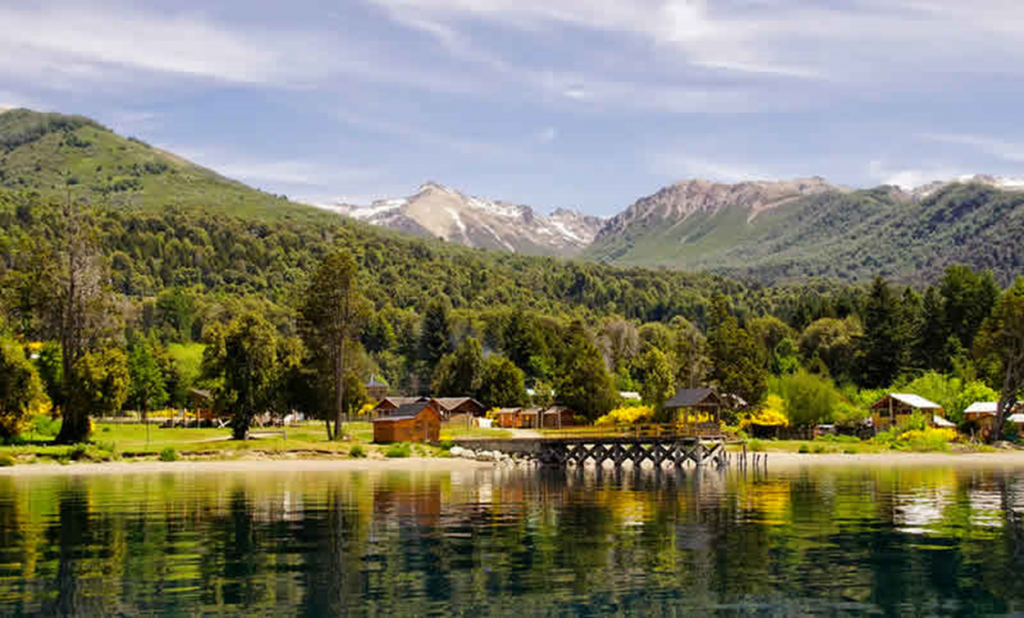
This beautiful town is located 60 kilometers from Villa La Angostura and can be accessed through the Seven Lakes road. The state of the road is not very good, but it can be traveled without too many difficulties. Because the properties are within a National Park, there are strict regulations that residents must adhere to in order to protect the environment.
It is a very quiet place, since the population does not exceed 500 inhabitants. Near the pier is the service sector with the ranger’s house, police, first aid room, service station, mail and several warehouses.
The Andean Crossing (Rio Negro / Chile)
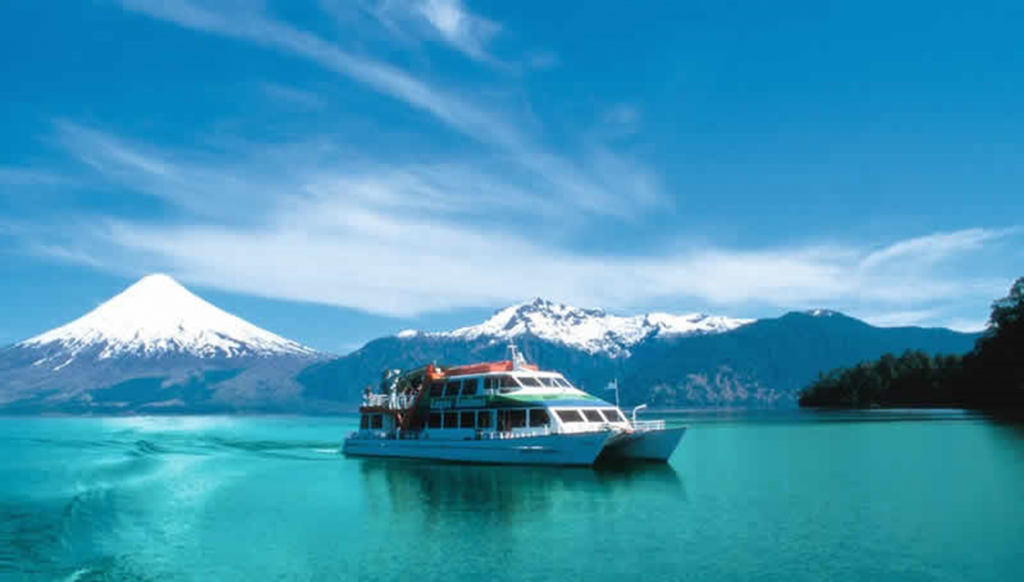
Patagonia knows no borders between countries and fortunately for travelers who arrive in this part of the world, the options to cross between Argentina and Chile are becoming more and more extensive. We have recently walked the new Glacier Footprint, the path that connects Argentina and Chile, which is one of the latest projects to unite both sides of the mountain range.
